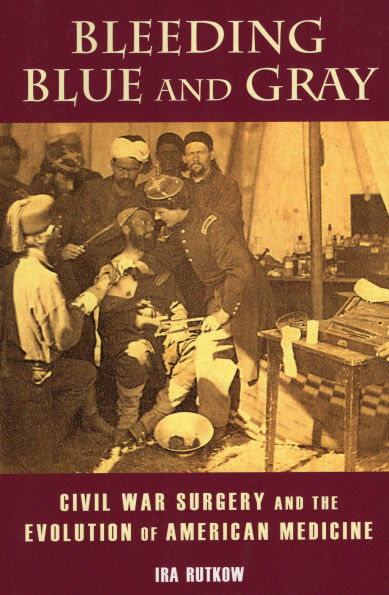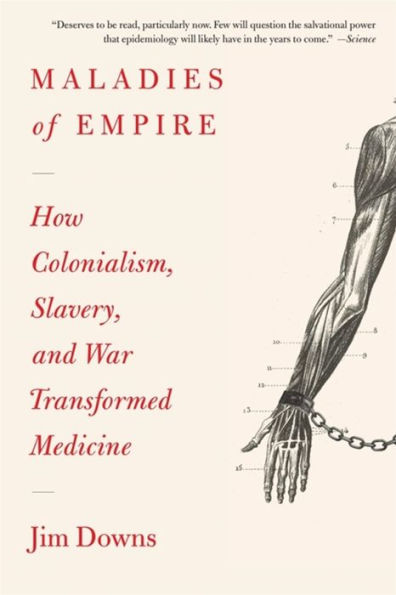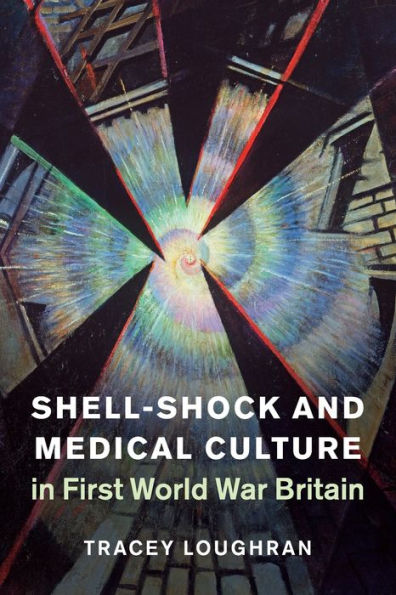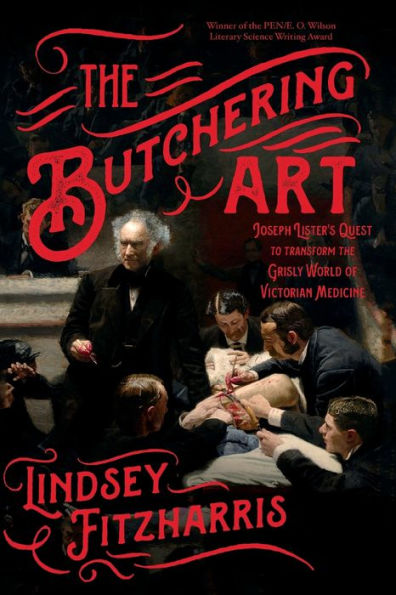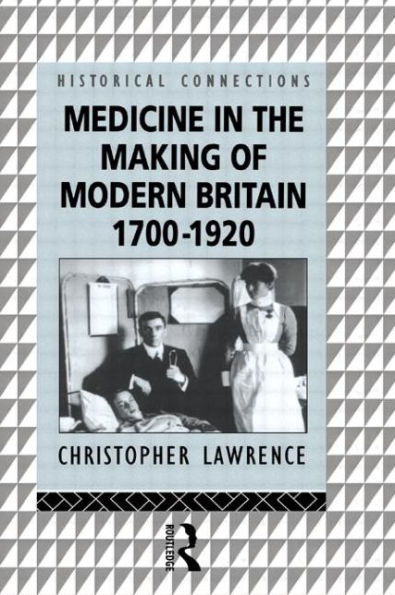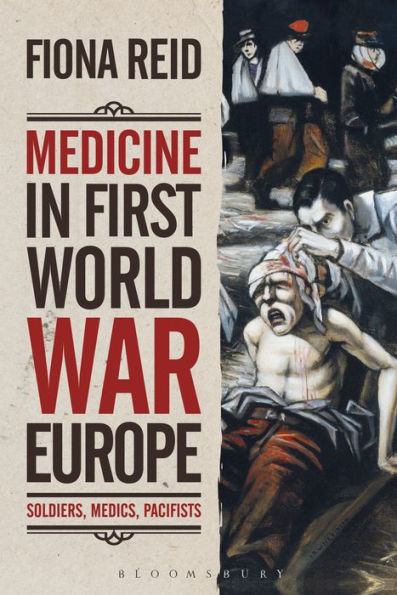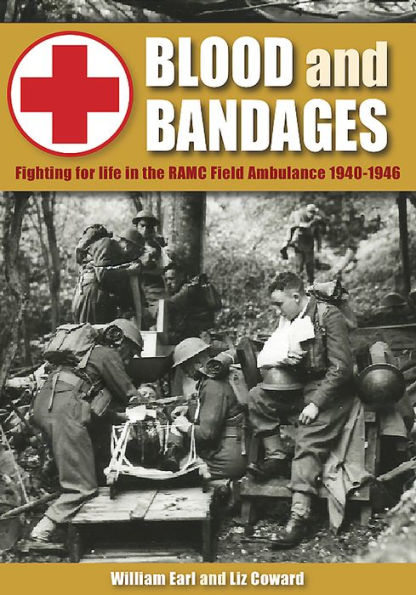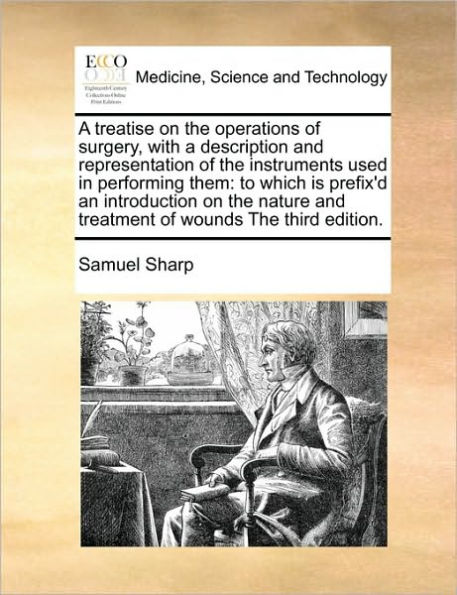Home
Wars, Pestilence and the Surgeon's Blade: Evolution of British Military Medicine Surgery during Nineteenth Century
Loading Inventory...
Barnes and Noble
Wars, Pestilence and the Surgeon's Blade: Evolution of British Military Medicine Surgery during Nineteenth Century
Current price: $69.95


Barnes and Noble
Wars, Pestilence and the Surgeon's Blade: Evolution of British Military Medicine Surgery during Nineteenth Century
Current price: $69.95
Loading Inventory...
Size: Hardcover
*Product Information may vary - to confirm product availability, pricing, and additional information please contact Barnes and Noble
Wars in the 19th Century were accompanied by a very heavy loss of life from infectious diseases. Typhus fever, dysentery, malaria, typhoid fever and yellow fever caused many more deaths than wounds inflicted by enemy actions. During the Peninsular War, for example, for every soldier dying of a wound, four succumbed to disease. This book examines the development and evolution of surgical practice against this overwhelming risk of death due to disease. It reviews three major conflicts during this time: the Peninsular War, the Crimean War and the Boer War and also considers many minor wars fought by the British Empire in the intervening years, and highlights significant medical and surgical developments during these conflicts. War surgery in the first part of the 19th Century was brutal, and it had to be carried out swiftly. It was performed at speed because there were no anaesthetics and the wounded often died during the procedure. Surgeons focussed their attention on wounds of the arms and legs, because limbs were both easily accessible to the surgeon (unlike organs inside the abdomen and chest) and lent themselves well to amputation. This was commonly the operation of choice for many war wounds of arms and legs. Some surgeons performed more difficult surgical procedures to try to preserve the limbs and attempted to repair damaged tissues, but these operations took longer and caused greater suffering to the patient. Abdominal and chest wounds were not treated since surgeons did not have the means, the ability, or the understanding, to cut into the abdomen and chest to repair the damaged organs successfully. An important development which contributed to surgery moving forwards was the discovery of general anaesthesia, which became available in time for the Crimean War. However, whilst it certainly rendered operations pain-free, it was associated with significant numbers of deaths during surgery on wounded soldiers because of the poorly understood effects that anaesthetics had, particularly on the heart. As a result, operative surgery did not extend its scope a great deal, and military surgery remained focussed on surgery of the limbs. However, fewer amputations were performed during the Boer War at the end of this period. Britain sent observers to several wars in which it was not involved to learn military lessons and to understand the medical and surgical aspects of war. The American Civil War and the Franco-Prussian War were two such conflicts. The Russo-Japanese War resulted in a very significant advance in surgery for abdominal wounds, but Western observers either failed to notice or ignored pioneering work performed by a Russian female surgeon called Vera Gedroits. As a result, when the Great War began in 1914, lessons had to be re-learned by British surgeons, and many soldiers who suffered penetrating abdominal wounds lost their lives when they should have survived. Unfortunately, one of the hallmarks of war surgery is that successive generations of surgeons make the same mistakes as their forebears and the same lessons have to be learned time and again.
